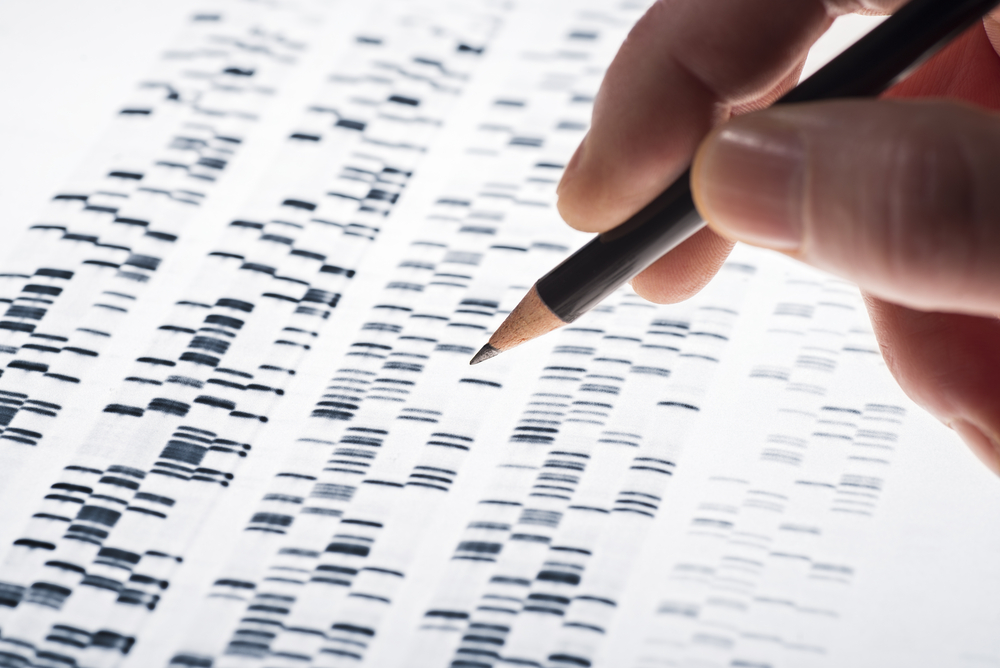Lantern Project Intends to Streamline Diagnosis of Pompe, Other Rare Diseases

Sanofi Genzyme and PerkinElmer Genomics have launched the Lantern Project, a comprehensive genetic testing program that aims to overcome the barriers to diagnosing rare diseases, such as Pompe disease.
Rare, inherited disorders can be quite challenging to diagnose because they often are mistaken for more common diseases, leading to long delays and consultations with multiple physicians before a correct diagnosis is made.
In particular, patients with lysosomal storage disorders experience symptoms that also are present in other common diseases, making them harder to diagnose. Not only do these patients experience prolonged diagnostic delays, but they also are put at risk of disease worsening. As a result, patients’ conditions may be exacerbated by anxiety, frustration and loneliness.
One of the major obstacles to early and accurate diagnosis is access to comprehensive diagnostic testing.
The Lantern Project intends to tackle this issue by giving access to a free testing program for patients in the United States who may have lysosomal storage disorders. Doctors can use this platform to organize a screening for patients with certain suspected LSDs, in addition to genetic and blood testing services for their patients.
The Lantern Project was developed specifically to aid patients who are suspected of having Gaucher disease, Fabry disease, Pompe disease, mucopolysaccharidosis type I (MPS I), or acid sphingomyelinase deficiency (ASMD). These patients often undergo extra diagnostic tests that can be conducted if results of genetic testing suggest lysosomal storage disorder, but are not conclusive.
“The Lantern Project is another reflection of Sanofi Genzyme’s continuing commitment to the rare disease communities we serve,” Sarah Gonzalez, head of medical diagnostics at Sanofi Genzyme, said in a press release. “While we have seen many significant advances in research over the past 30+ years, there are still tremendous challenges in helping patients get a diagnosis for many rare diseases.”
One of special features of the Lantern Project is the 105-gene panel for limb-girdle muscular dystrophies (LGMDs) and other myopathies (diseases of muscle fibers). Specifically, this test can help determine if there are any mutations present in the 105 genes that are known to be associated with LGMDs or similar myopathies.
This diagnostic test will use next-generation sequencing technology that looks for mutations in multiple genes at the same time. Subsequently, patients can be tested for multiple LGMDs as well as other disorders that have similar symptoms, such as Pompe disease and spinal muscular atrophy.
This genetic testing can help confirm that patients who have been living with lysosomal storage disorders actually have one, and also what gene(s) may be responsible.
Because this tool can help provide an earlier diagnosis, it also can help patients advance more quickly to treatment options.
While it is a diagnostic test, the Lantern Project does not interfere in a physician’s or patient’s independent judgment with regards to treatment options for these diseases. Physicians and patients should carefully evaluate therapy choice by considering the full range of treatment options and selecting one that is most appropriate for the individual.
“The Lantern Project will help more patients access testing while also raising broader awareness of the critical need for more diagnostic services and support for all people affected by rare diseases,” said Gonzalez.






